MWC 1940s/1950s "Dirty Dozen" Pattern General Service Watch with a 24 Jewel Swiss Sellita SW216 Movement and a Domed Vintage Box Sapphire Crystal
$759.00
Product Details
SKU Code: W10/445-23CH
This classic hand wound 24 jewel 1940s/1950s pattern MWC military watch with a Swiss Sellita 24 jewel SW216 movement and small subsidiary dial second hand is based on the typical designs used by the British military from the 1940s to the 1950s, it retains the appearance of the original watch although the increased water resistance to 100 m (330 feet) when combined with the shatter and scratch resistant sapphire box crystal greatly increases durability whilst at the same time, the crystal retains the outward appearance of the original plexiglass without any of the drawbacks!
This watch has a heavy stainless steel satin finish case made from Military Grade 316L stainless steel, subsidiary dial second hand, screw down crow, hacking function, black dial and luminous markings. The watch also has a historically accurate canvas strap as used in the 1940s and 50s.
The final image shows the original 12 watches which were made by 12 companies, Buren, Cyma, Eterna, Grana, Jaeger Le-Coultre, Lemania, Longines, IWC, Omega, Record, Timor and Vertex, MWC were not a manufacturer at this time having been founded in 1974 but this watch is very much in the spirit of the originals.
Specification:
- Case Diameter: 36.5 mm exc crown, 39 mm incl crown
- Lug to Lug 43 mm
- Thickness 12.5 mm
- Lug Type: Solid fixed strap bars
- Dial Colour: Black
- Case Material: 316L stainless steel
- Caseback: 316L stainless steel
- Crown: Stainless steel screw down locking crown
- Water Resistance: 100m / 330ft / 10 ATM
- Movement: Swiss hand winding 24 Jewel Mechanical Sellita 216
- Crystal: Shatter and scratch resistant sapphire box crystal with anti reflective coating*
- Luminous Material: Luminova
- Serial number on caseback
- Strap: 18 mm 1950s Pattern Canvas
- Supplied in a box
- 24 Months Guarantee
Photo Credit: Watches Of Knightsbridge
For anyone interested in the history of the Dirty Dozen these links show the 12 original watches and explain the history.
* A lot of people ask us what are the benefits of sapphire crystal over the original plexiglass? The answer is that synthetic sapphire is by far the best material for watch crystals because it is very strong and also shatter and scratch resistant, these characteristics make it very appealing to military and security personnel, police officers and people who lead active outdoor lifestyles, these groups account for over 70% of our customers. The original plexiglass crystals which were made of a plastic/acrylic type material and were frequently used up until the 1980s suffered the drawback that firstly they were very easily scratched and secondly, it wasn't overly difficult to crack them if they were impacted, the other drawback is that they greatly limited the water resistance of the watch. To get things into perspective we find that when clients manage to crack a crystal over 90% are usually watches with mineral glass or plexiglass crystals, even factoring in that we use hardened mineral crystals in many watches they still do not come close to sapphire for durability under adverse conditions. The reason that sapphire crystals are so strong is that after the sapphire glass is manufactured it is also heat-treated to remove its internal stresses—which can cause weakness—it is then made into the watch crystals and two layers of anti-reflective coating are applied. Of course sapphire crystal comes at a price hence you find that it's normally only fitted to higher specification watches.








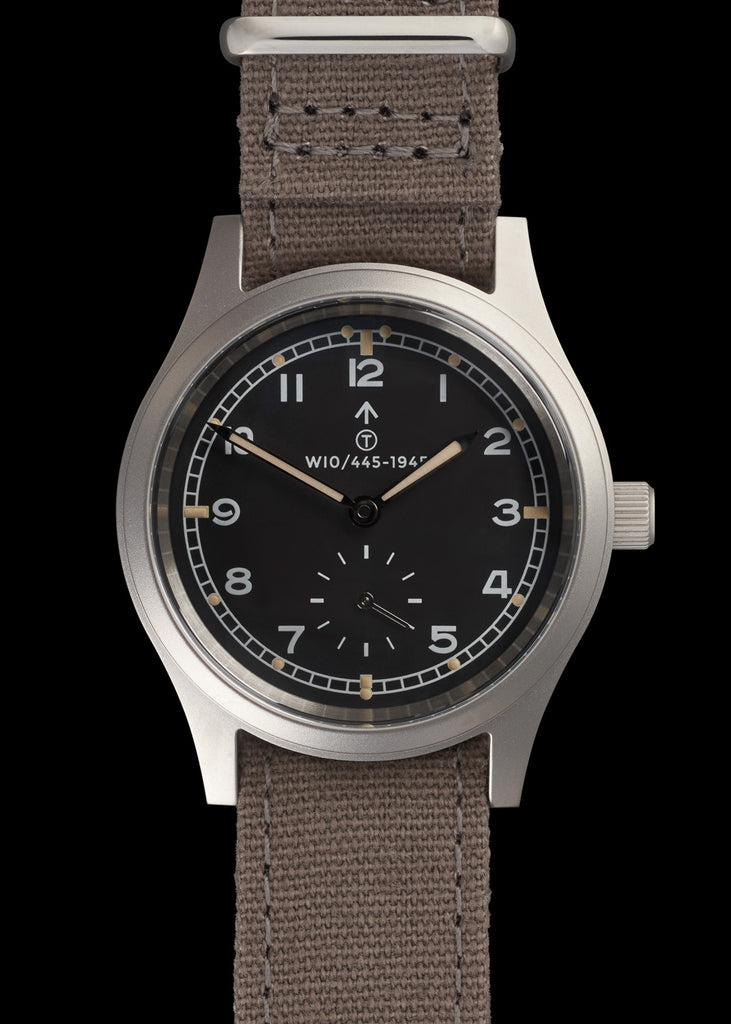
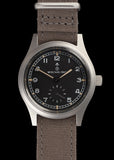
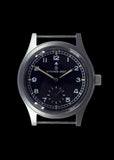
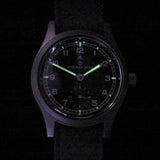
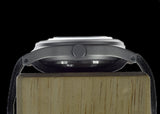
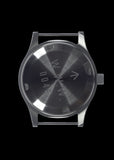
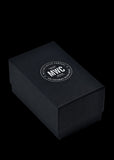
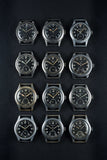
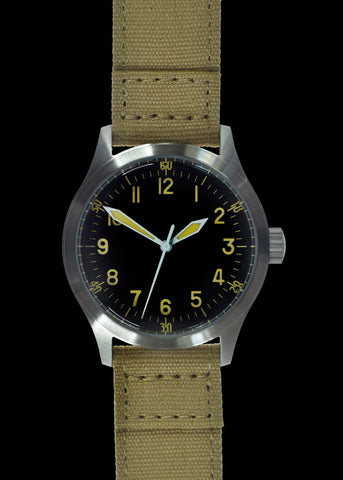
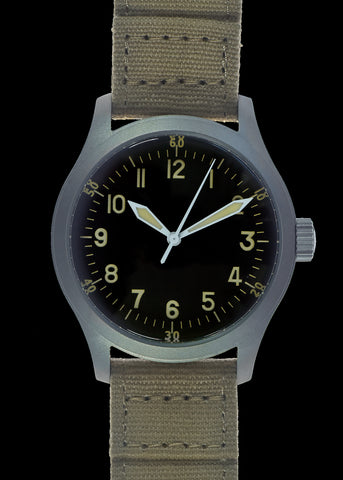
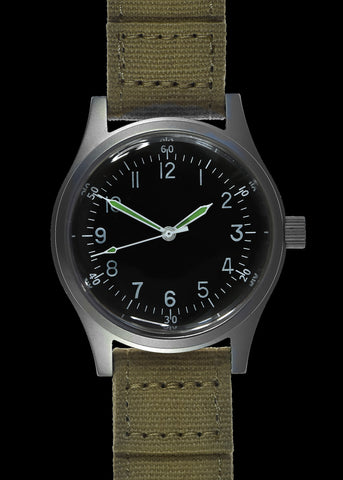
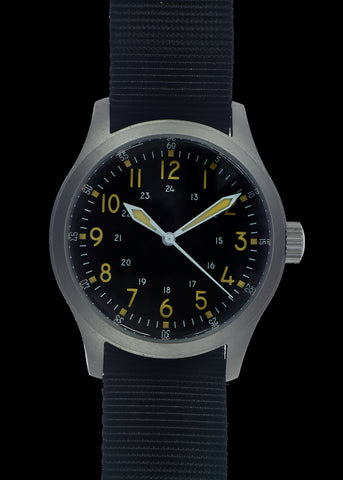
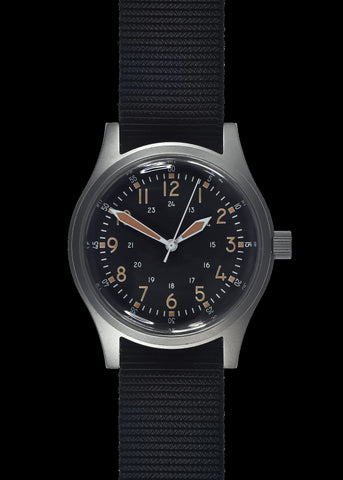
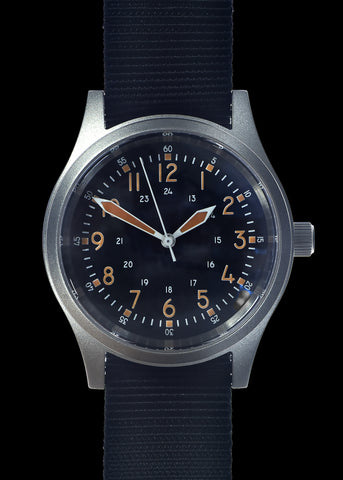





Connect